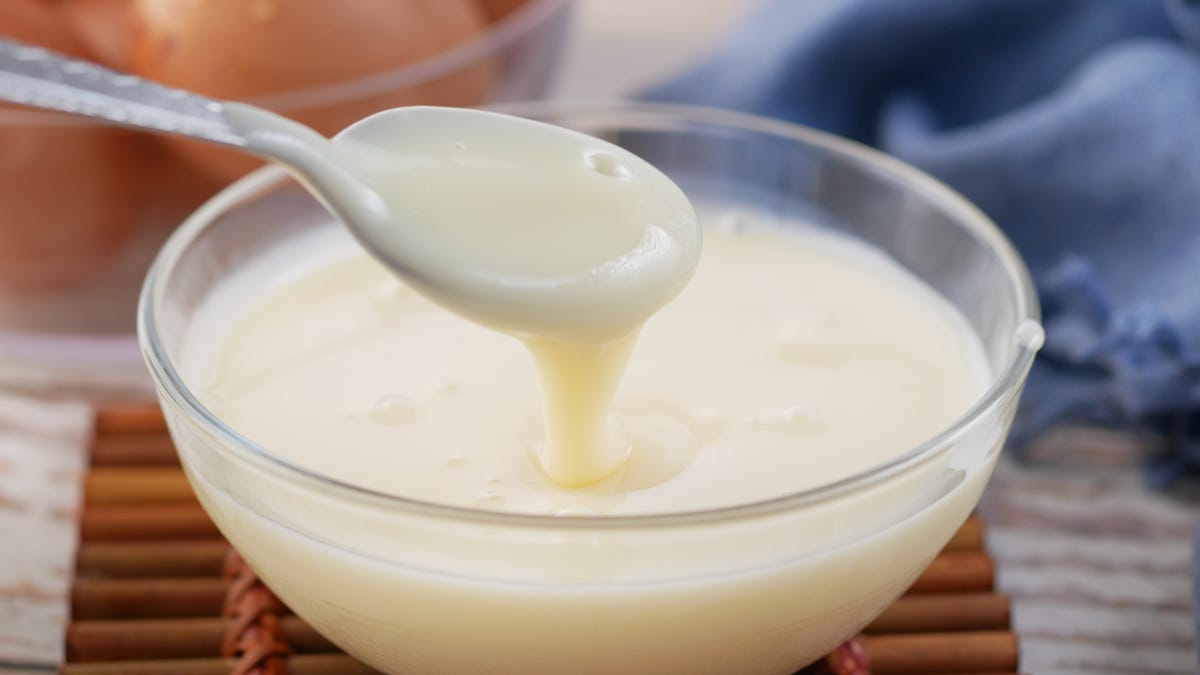
How to use fresh turmeric in cooking
Golden milk is a traditional Indian drink made with turmeric.
Problem Solved
When you’re walking down the grocery store aisles, there are endless options for dairy.
You’re probably familiar with most of them: blocks of cheese, sticks of butter, cartons of milk. What about that can of evaporated milk, though?
Women’s health dietitian and nutritionist Valerie Agyeman, RDN, breaks down your FAQs about evaporated milk – what it is, what it’s best used for and how it compares nutritionally to other types of milk.
What is evaporated milk?
Despite what your elementary school science class may have taught you about the various states of matter, evaporated milk isn’t milk that has evaporated into a gas. It’s just regular milk, Agyeman notes.
The main difference between evaporated milk and the milk you pour into your cereal or coffee is that this one has “most of the water removed, so it’s thicker and has a slightly caramelized flavor,” she adds. So if you are planning on swapping out milk for evaporated milk, you’re going to want to dilute it with some water first.
Is evaporated milk healthier than regular milk?
Nutrition-wise, evaporated milk is similar to whole milk – just more concentrated, Agyeman says.
Though a cup of evaporated milk has about 338 calories compared to whole milk’s 152 calories, whole milk also has more than double the water content of the much thicker evaporated milk, according to the U.S. Department of Agriculture’s (USDA) Food Database. But pound for pound, the protein, fat and carbohydrate content between evaporated and whole milk are roughly the same. (Lower-fat milks, such as 1% and skim, contain fewer calories and fat than both.)
“(Evaporated milk is) not necessarily healthier, but it’s a great option when you want a creamy texture in soups or sauces without using heavy cream,” Agyeman says. Evaporated milk is also commonly used in custards, puddings and pies to help achieve their rich texture.









